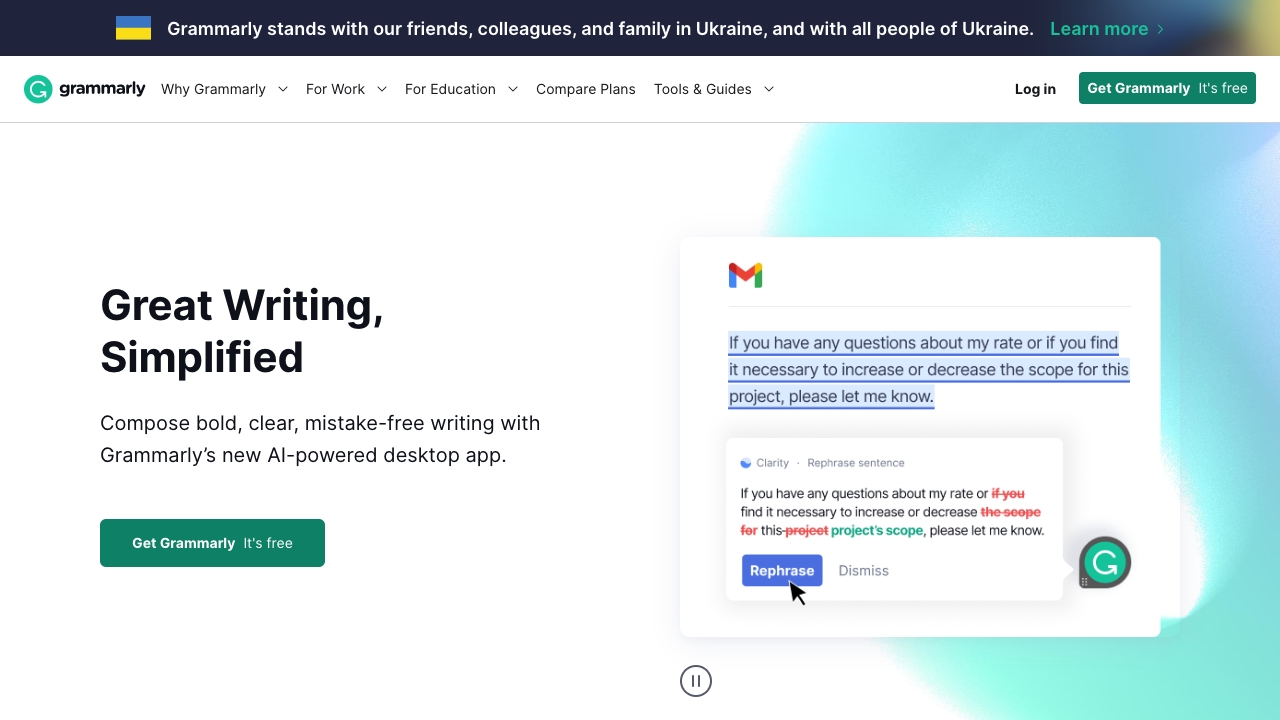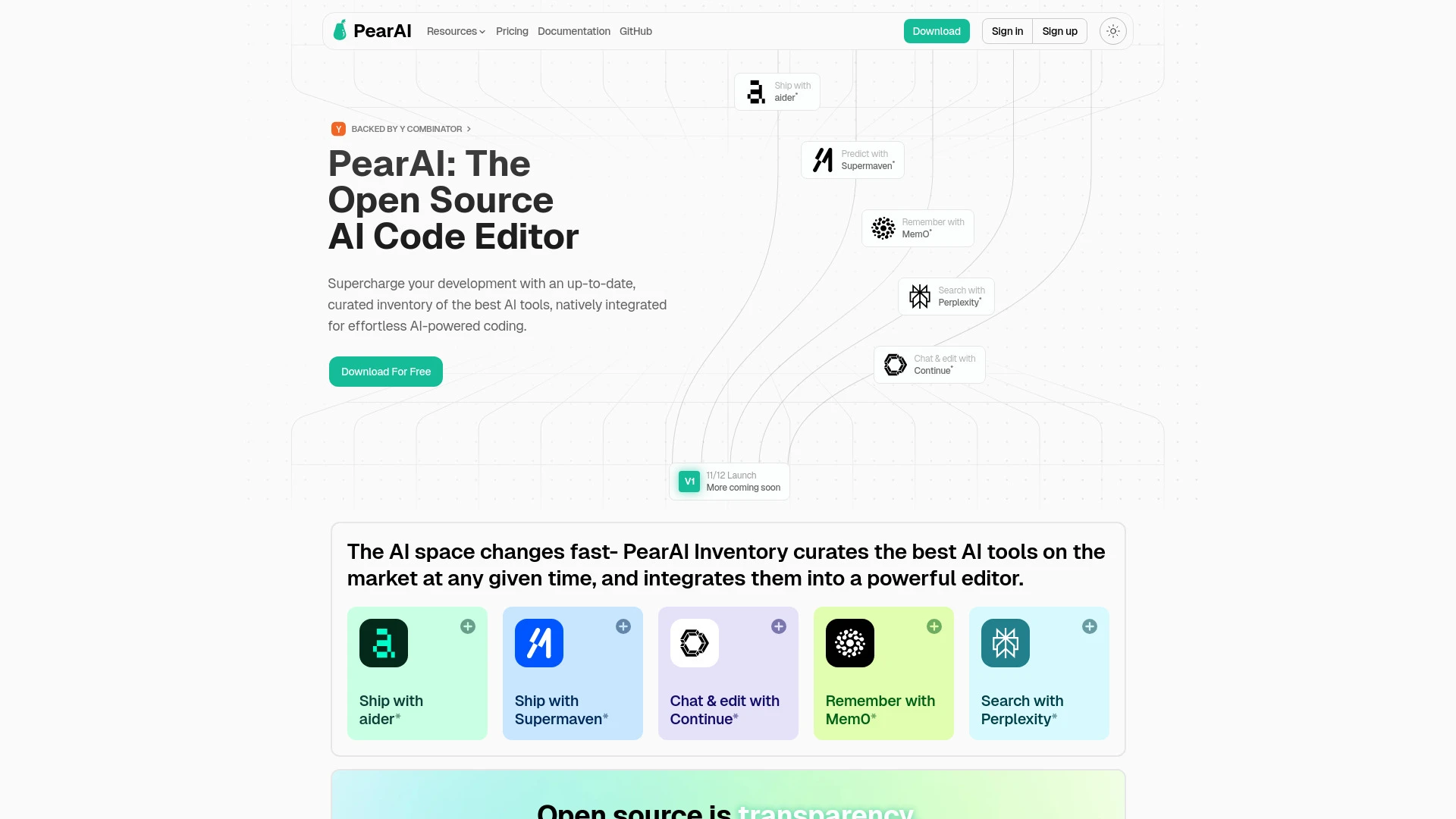AI Plagiarism Checker
AI Plagiarism Checkers utilize machine learning algorithms to analyze text for originality by comparing it against vast databases. Examples include Turnitin and Grammarly, which offer real-time feedback. Benefits include increased accuracy and rapid processing, enhancing academic integrity. However, challenges arise from false positives, language nuances, and the ongoing need for ethical standards in AI usage.
Primary AI
Most Commonly Used Task
Core Features
Text similarity analysis
Source detection
Multi-language support
Real-time feedback
Integration with writing tools
Historical data tracking
Use Cases
Academic integrity verification
Content originality assessment for publishers
Automated plagiarism detection for educators
Checking for duplicate content in SEO strategies
Ensuring compliance in legal documents
Safeguarding intellectual property rights
Most Helpful AI's
Primary Tasks For AI Plagiarism Checker
| # | Task | Popularity | Impact | Follow |
|---|---|---|---|---|
| 1 |
🤖🔍
AI content detection |
0% Popular
|
87%
|
|
| 2 |
📚
Academic writing |
50% Popular
|
75%
|
|
| 3 |
📚
Academic assistance |
50% Popular
|
78%
|
|
| 4 |
✍️
Article writing |
50% Popular
|
75%
|
|
| 5 |
🔍
Code reviews |
0% Popular
|
75%
|
|
| 6 |
🐍💻
Python coding assistance |
50% Popular
|
82%
|
|
| 7 |
💻
Code snippets |
0% Popular
|
75%
|
|
| 8 |
💻
Coding assistance |
0% Popular
|
87%
|
|
| 9 |
📱
Apps |
50% Popular
|
76%
|
|
| 10 |
📚
Academic research |
0% Popular
|
78%
|
|
| 11 |
🗣️➡️📝
Speech to text |
50% Popular
|
87%
|
|
| 12 |
✍️
Text rewriting |
0% Popular
|
87%
|
|
| 13 |
🎤🎧📝
Audio transcription |
0% Popular
|
87%
|
|
| 14 |
📝
Essay writing |
0% Popular
|
85%
|
|
| 15 |
🤖
ChatGPT |
0% Popular
|
85%
|




